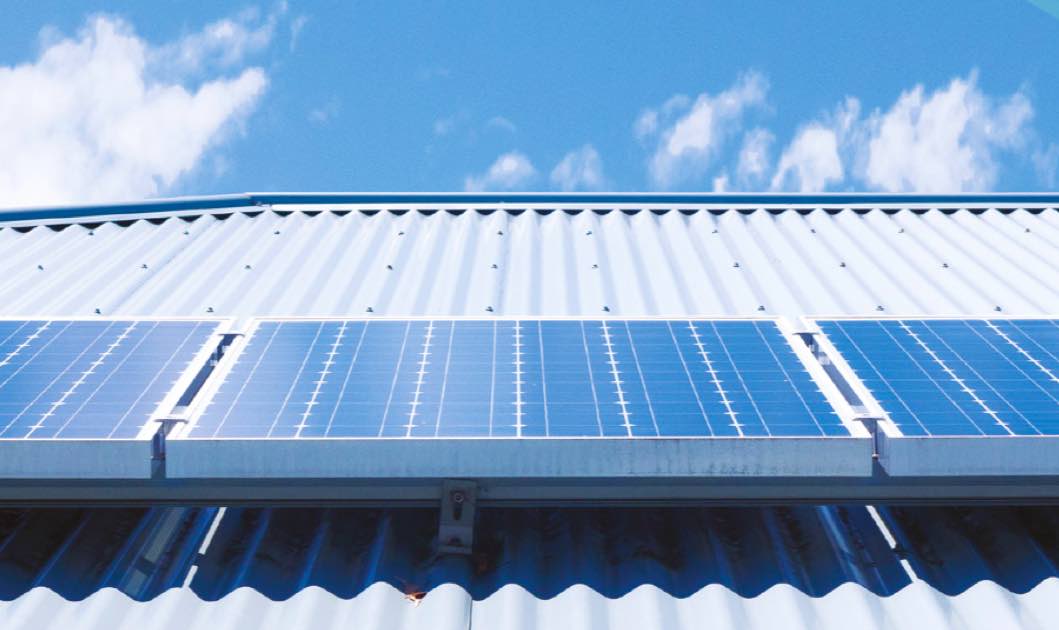Western Australia will join South Australia as the second state to allow the network operator to order residential rooftop solar systems to be switched off remotely as an emergency measure to keep the grid stable.
The Labor McGowan government said on Tuesday the new measure will come into play early next year as a tool “of last resort,” for use over short periods on days when abundant rooftop solar generation sends demand for electricity to critically low levels.
To facilitate the shut-down mechanism, all new or upgraded solar systems (with inverter capacity 5kW and below) installed on the state’s main grid, the South West Interconnected System, will be required to have the capability to be remotely switched off, and back on again, starting from February 14, 2022.
The measure will not affect homes with existing solar panels and, according to state energy minister Bill Johnston, will work to allow the continued uptake of rooftop solar panels by WA households without increasing costs through the upgrading of networks.
The move by Western Australia to take overarching control of new residential solar systems connected to the SWIS follows South Australia’s move to do the same in September of last year, giving that state a deployable resource of up to 140MW of rooftop solar.
As RenewEconomy reported at the time, it has long become obvious that rooftop solar – still growing at more than 3GW a year across the country – has become Australia’s largest power station, but it has been a resource beyond the bounds of network and operator control.
For this reason, new inverter standards that will require ride-through capabilities have been expected to come into force all across the main grid, but South Australia – which just this past weekend notched up another extraordinary solar supply record – was compelled to fast-track the new rules.
And justifiably so, it would turn out, with the mechanism called into action in March of this year, when the rooftop solar systems of more than 10,000 Adelaide households were turned off at 3pm on Sunday March 14 to ride through a dangerous demand low.
Western Australia, with rooftop solar on around 30 per cent of homes and businesses on the main grid, has long been considered the state most likely to follow suit – although minister Johnston stressed on Tuesday that the state’s power stations would be turned down first, with residential solar the last to be impacted.
“Remotely switching off solar panels will be used as a last resort to prevent widespread power interruptions and is expected to occur a few times a year for a few hours,” the statement said. “This won’t affect the resident’s power supply.”
As for how this will be done, that is yet to be fully detailed – aside for the requirements for compatible inverters. (In SA, the rules require solar inverters to have “ride through capability” and to sign up to an “agent” that will cut off the inverter, and the rooftop solar supply, when instructed.)
An industry information sheet online here says that the new requirements will be outlined in Western Power’s Embedded Generator Connection Technical Requirements to be released on Thursday. It notes that its methods will roughly align with the methods applied in SA through its Smarter Homes regulatory changes.
The info page also notes that technology that provides the flexibility to turn rooftop solar output down, rather than just switch it off, would be preferred, as it paves the way for more options for customers and future participation in virtual power plants. The Australian Energy Market Operator has said the same.
The WA government said its retailer, Synergy, was engaging with technology providers to simplify the process for installers and would soon be announcing the results of this process.
Johnston also noted that guidelines would be released on Thursday outlining export limits for residential systems larger than 5kW inverter capacity, so customers with higher energy consumption could install larger systems.
“This new measure means we can continue supporting the uptake of residential solar while ensuring electricity is secure and affordable,” said Johnston on Tuesday.
“More than 400,000 WA homes and businesses, around 30 per cent, now have rooftop solar connected to WA’s main grid with that figure continuing to rapidly grow.
“The Energy Transformation Strategy is planning for a long-term future where rooftop solar, batteries and electric vehicles are at the centre of the WA power system.”



